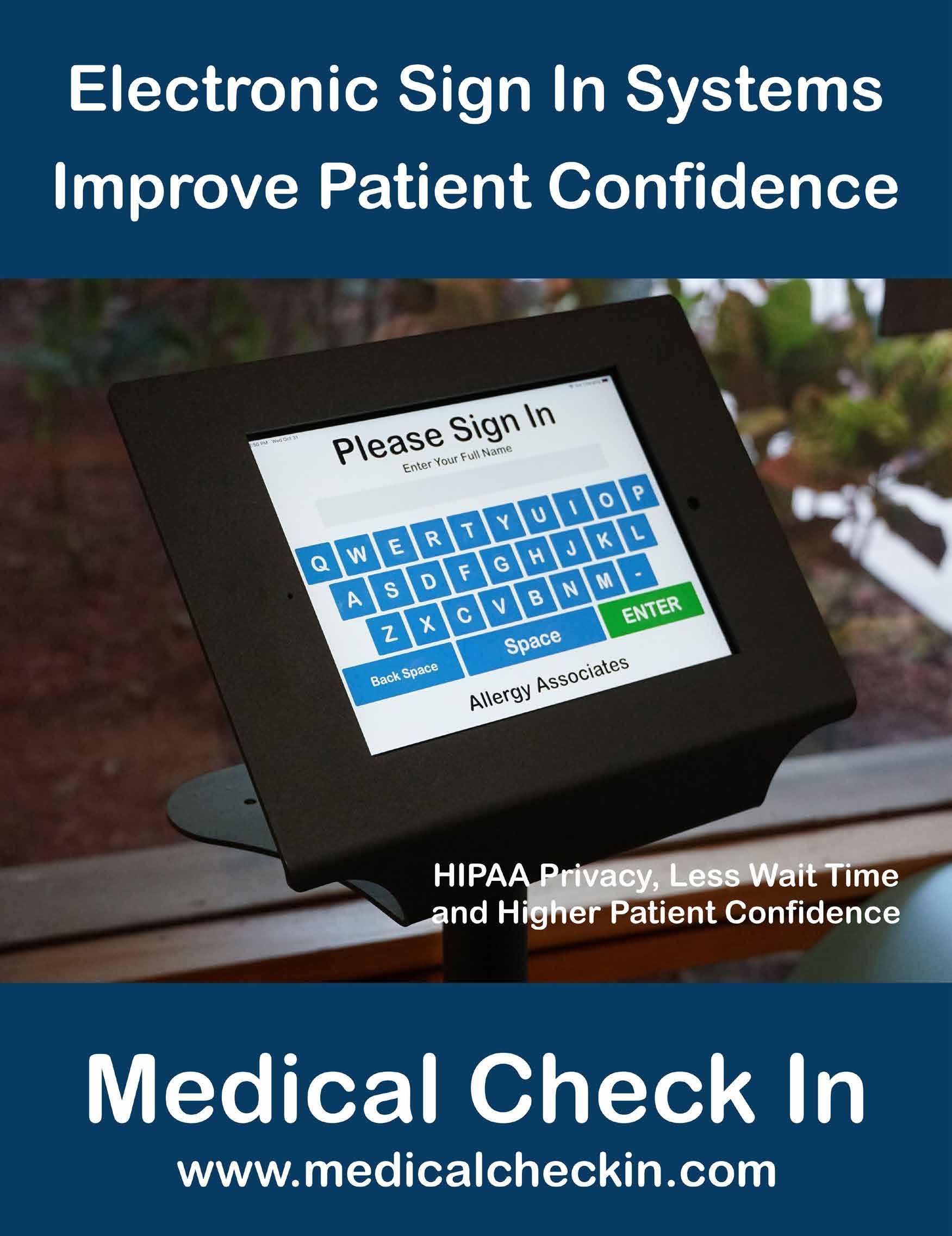
12 minute read
Age Well
Age Well, Live Well
Nutrition Habits for Healthy Aging
Advertisement
By Chelsea Couch, CHES Texas Health & Human Services
National Nutrition Month is a great time to learn about older adults’ changing nutritional needs and the eating habits that are so important to healthy aging. Nutrients are compounds in food that are vital to living. They help the body heal, regulate chemical process and provide the body with energy. As we age our metabolism slows, and we lose the ability to absorb nutrients as well as when we were younger. As a result, nutrient recommendations will change. Experts recommend that older adults get more calcium, potassium, vitamin D and vitamin B12. Eating a variety of fruits and vegetables as well as fortified foods can help you get the recommended amounts of these nutrients. If you have trouble getting enough of these nutrients through the foods you eat, you can talk with your doctor about supplements. Healthy eating is not only about the foods you eat but also habits like controlling portions, reading nutrition labels, substituting for healthier options and other practices. Learning about nutrition and aging can help you make nutritionally sound choices and practice healthy eating habits. The United States Department of Agriculture’s MyPlate provides nutrition information and recommendations for all ages. To learn more, visit myplate.gov. The Texas Health and Human Services Texercise initiative has a variety of free resources that engage older Texans in healthy lifestyle behaviors, including physical activity and eating habits. Texercise also provides several nutrition fact sheets highlighting topics such as sodium reduction, reading food labels and portion sizes to help Texans improve their everyday routines. Tracking the foods you eat is one way to start identifying the eating habits you want to move away from and which you want to adopt. To download the Texercise Daily Food Log, learn more about being healthy, access Texercise nutrition fact sheets and order a free copy of the Texercise handbook, visit texercise.com. COVID-19 impacted the nutritional health of many people through limiting access to healthy food options — congregate meal sites closed, for example, and transportation to grocery stores became limited. The good news is that there are resources to help people access healthy food options. • The Supplemental Nutrition
Assistance Program assists people with buying the food they need for good health. During the COVID-19 pandemic, Texas HHS piloted a program that allows Texans to purchase groceries online using
SNAP benefits. To learn more about SNAP, how to apply and how to purchase food online, visit yourtexasbenefits.com. • Area Agencies on Aging provide older adults, their families and caregivers with nutrition services, like home and congregate meals.
To connect with the nearest
AAA and learn about available nutrition services, call Texas HHS at 800-252-9240. • Aging and Disability Resource
Centers are part of the No Wrong
Door System and help streamline access to long-term services and support for the whole family. To learn more about the full range of available long-term supports in Texas, call Texas HHS at 855-937-2372.
Mental Health
Continued from page 6
the Texas A&M Health Opioid Task Force. Alonzo states that although the federal government has attempted to ease restriction to access medications, the guidelines are ambiguous and not uniformly implemented, creating a burden on patients. Additionally, the in-person individual and group therapy that is so important to maintain recovery from opioid use disorder (OUD) have moved online or are not currently available. “People are isolated due to the pandemic and are not engaging in treatment online. Not everyone has Wi-Fi, a computer or phone to access telehealth,” Alonzo said. “If you are alone and have no access to your support network, you are at much greater risk of relapse, and if you start to use alone, you are at greater risk of an overdose.” Patients can still only receive methadone for OUD treatment through a federally licensed opioid treatment program. Some regulatory measures have changed to allow patients to receive a supply of take-home methadone, instead of coming to the facility every day. Another medication used to treat OUD, buprenorphine—which is regulated under a separate Drug Enforcement Administration prescriber licensing measure known as an X-waiver—has also undergone regulatory revisions. Although the X-waiver requirement still exists, the prescriber-to-patient, face-to-face requirements have been relaxed, reducing the number of times the patient has to come to the clinic to get the medication. There has been no provision for the lack of psychosocial supports which typically accompany the medication treatment and ensure that patients maintain recovery, which remains a huge concern. The result on patient outcomes of the new regulations is unknown, and access to care continues to be a challenge. The CDC has provided a list of recommendations for expanding essential service prevention and response activities to health care providers, public health departments, community education programs and others. Recommendations include guidelines to: “expand the provision and use of naloxone and overdose prevention education; expand access to and provision of treatment for substance use disorders; intervene early with individuals at the highest risk for overdose; and improve detection of overdose outbreaks due to fentanyl, novel psychoactive substances (e.g., fentanyl analogs), or other drugs to facilitate an effective response.” Learning how to recognize adverse patterns of behavior, evidenced-based screening techniques, and referring to appropriate treatment resources are key, Alonzo said. “Especially now, we have to see risk for opioid use disorder as a serious medical condition that requires medical intervention, not punitive intervention.” Through the Opioid Task Force and the EMPOWER TeleECHO Clinic program, Texas A&M faculty, staff and student ambassadors are able to educate the community and health care practitioners about the opioid epidemic and harm reduction strategies. “Our goal as a task force is to not only reach underserved areas, but any clinician, practitioner or community member in need of additional education and training which will equip individuals with the knowledge, skills and expertise necessary to prevent opioid overdoses, thereby combatting the opioid epidemic in their local communities,” said Chinelo Nsobundu, RN, DrPH, CHES®, program manager for the center’s Opioid Task Force activities. EMPOWER (Enhancing Mental Health Practice, Organization and Workforce through Education and Readiness) enables providers from all disciplines and locations to build their expertise and increase their workforce capacity to implement high-quality, evidence-based care around opioid use disorder prevention, screening, treatment and recovery. By moving medical knowledge, not patients, patients can be treated where they are, rather than where specialists practice. “It is critically important for anyone in the health care field to reach out to those who may be at risk for or suffering from substance use disorder, including OUD,” Alonzo said. “All the issues regarding mental and behavioral health have been amplified during the pandemic, and it will take everyone in health care to increase access to care for those affected.”
Vaccines
Continued from page 1
vaccine shots, given several weeks apart, are needed to provide the best protection against the virus. Both shots are given in the upper arm.
The Janssen/Johnson & Johnson vaccine is given as a single dose. • Everyone who gets a COVID-19 vaccine is required to be monitored
on-site for a minimum of 15-20 minutes after each shot. • If you have a history of allergic reactions after getting shots, contact your primary care physician to discuss whether the vaccine is safe for you. • You will receive a vaccine card.
Keep it in a safe place for your records and share a copy with your oncologist. Texas Oncology encourages patients and their families to get vaccinated as soon as possible. Talk to your physician if you are unsure about getting the vaccine based on your personal health history. It’s understandable to have questions and concerns. Your physician can provide evidence-based guidance from leading infectious disease experts and discuss whether COVID-19 vaccines are right for you. Together, we can slow the spread of COVID-19.
Legal Matters
Continued from page 3
laws were difficult to navigate prior to the pandemic, which makes the recent patchwork of legislation and executive orders classifying COVID-19 as an occupational illness even more difficult to understand. As a result, health plans may accidentally or intentionally delay or deny reimbursement. It is important for hospitals to review all claims when health plans seek to delay or deny payment for COVID hospitalizations. C. Takeaways
It is complicated to determine if a patient’s stay is covered by workers’ compensation when faced with a health plan that attempts to delay or deny payment. If faced with this scenario, hospitals should consider the following: • Understand your state workers’ compensation laws and the coverage available for COVID-19 hospitalizations. Determine if the state where the hospital is located designates COVID-19 as an occupational illness and whether the patient’s occupation falls within the state’s definition of a “covered worker.” • If the patient is not eligible for coverage under workers’ compensation, then the hospital should appeal the health plan’s delay in or denial of reimbursement.
In addition, the hospital should
consider contacting the patient’s employer to jointly assess whether to dispute any state presumptions that a worker contracted COVID-19 on the job. • If workers’ compensation denies all or part of a claim, the hospital should submit the remainder of the bill to the health plan. • As an employer, the hospital should understand whether its own workers’ compensation policy is experience-rated. If so, the hospital may want to be more diligent about ensuring the hospital’s health plan or health plan administrator does not inappropriately delay or deny claims based on workers’ compensation coverage.
Match
Continued from page 4
binding. Who’s Coming to Dell Med Next Year? As Dell Med sends its graduating students to medical institutions across the country, it will also welcome new physicians pursuing medical residencies. “We are pleased we retained several of our own students, and excited to welcome a diverse group of new colleagues from outstanding schools across the nation including Yale, UT Southwestern, Baylor, Dartmouth, University of North Carolina, and many other prestigious institutions,” said Jonathan MacClements, M.D., associate dean of graduate medical education at Dell Med. “We are thrilled that they will be calling Austin their new home.” In 2020, Dell Med hit two major milestones, earning full accreditation by the Liaison Committee on Medical Education and graduating its first class. Its next celebration is set for May 20, when the fourth-year students who matched today will graduate.
Street Medicine
Continued from page 9
transform care delivery,” said Dean Clay Johnston, M.D., Ph.D. “We so appreciate the DeJorias’ vision and support.”
In 2011, DeJoria, co-founder of John Paul Mitchell Systems and Patrón Spirits International, joined other billionaires — now about 200 — in signing the “Giving Pledge” to give half of their wealth to make the world a better place. The DeJorias hope their gift to Dell Med will inspire others to support this work and other efforts in the Austin community to protect, heal and house people struggling with homelessness.
Gifts of all sizes can be made to support Dell Med’s ongoing COVID-19 testing, treatment and vaccination efforts for Central Texans without homes.
Vaccine Hesitancy
Continued from page 10
with churches, faith communities, neighborhood centers and organizations that also work directly with vulnerable and marginalized populations. So far, across our national ministry, our sites of care have administered more than 550,000 doses of the COVID-19 vaccine. As healthcare providers, it’s also vital that we live and lead by example. Since December, we’ve been working with our marketing and communications team to highlight individuals across our ministry who have gotten their COVID-19 vaccine and shared their experiences and reasons for being vaccinated. In this way, others in the community know we walk the talk and are committed to the safety of all. Across our national health system, we’ve vaccinated 60% of our associates. But we still have work to do to make sure everyone has the opportunity to get the vaccine they need. There are three main reasons to get the COVID-19 vaccine: your personal health; the health of family members and loved ones, especially those most vulnerable; and community health. Focusing on those three commitments can help us to achieve community immunity, stop the spread of this deadly virus, and help us return to normal.

Published by Texas Healthcare Media Group Inc.
Director of Media Sales Richard W DeLaRosa
Senior Designer
Jamie Farquhar-Rizzo
Web Development Lorenzo Morales
Distribution Brad Jander
Accounting Liz Thachar
Office: 512-203-3987
For Advertising
advertising@ medicaltimesnews.com
Editor
editor@medicaltimesnews.com
Austin Medical Times is Published by Texas Healthcare Media Group, Inc. All content in this publication is copyrighted by Texas Healthcare Media Group, and should not be reproduced in part or at whole without written consent from the Editor. Austin Medical Times reserves the right to edit all submissions and assumes no responsibility for solicited or unsolicited manuscripts. All submissions sent to Austin Medical Times are considered property and are to distribute for publication and copyright purposes. Austin Medical Times is published every month P.O. Box 57430
Webster, TX 77598-7430

























